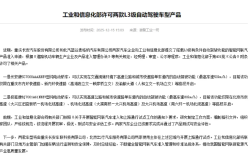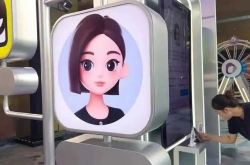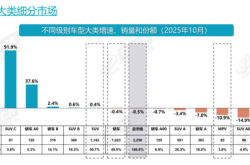Self-Driving Car Pickup Faces Hurdles: Passengers Struggle to Open Trunk! These 'Minor Details' Expose Real Challenges in the Autonomous Driving Industry
![]() 09/08 2025
09/08 2025
![]() 647
647
Introduction
In a recently leaked video, a passenger is seen standing by the roadside, facing a self-driving car:
The car pulls up, the door swings open, but the trunk stays shut. The passenger, clutching a suitcase, circles the vehicle three times before finally squeezing into the backseat with the luggage perched on their lap.
This scene is both amusing and exasperating, yet it highlights the practical challenges faced by self-driving car services.
What's even more thought-provoking is the insightful remark from Mr. Zhang, a seasoned ride-hailing driver with eight years of experience: 'Self-driving can free up drivers' hands, but it still lacks 'adaptability.'
This statement hits the mark: No matter how advanced the technology, if it can't address the 'suitcase problem,' it will struggle to win over users.
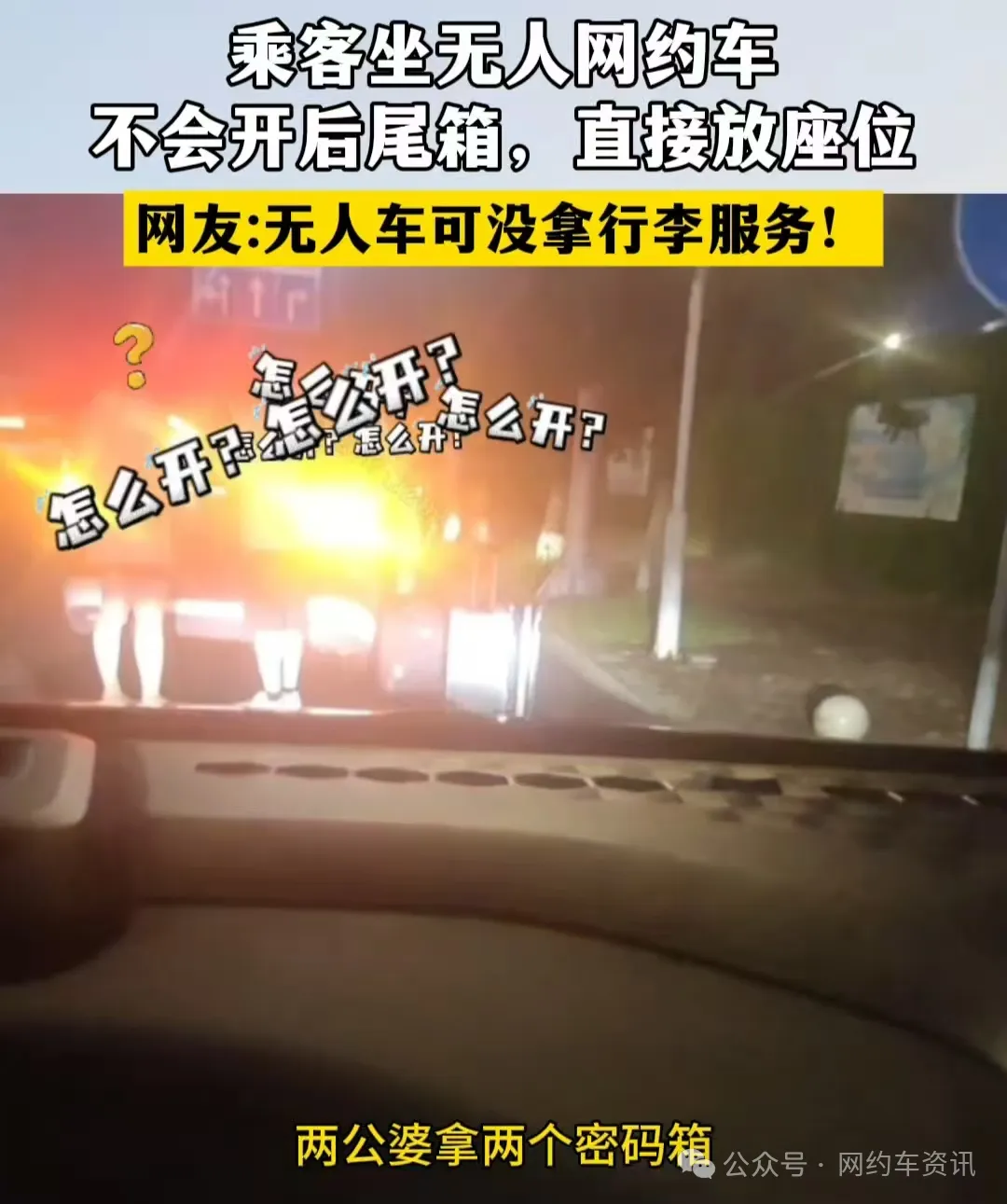 Image Source: Ride-Hailing News WeChat Official Account
Image Source: Ride-Hailing News WeChat Official Account
I. The Trunk Conundrum: Self-Driving Cars' 'Achilles' Heel'
The widely discussed video showcases an awkward scenario: After booking a self-driving car, the passenger discovers they can't open the trunk. Eventually, they're forced to cram the suitcase into the backseat and ride with it in close proximity.
Behind this seemingly trivial issue lies a clash between technology and human needs.
Self-driving cars are equipped with sophisticated LiDAR sensors, high-precision maps, and AI algorithms, yet they can be stumped by a simple mechanical switch.
Moreover, self-driving cars have numerous 'rules': Some prohibit passengers from sitting in the front passenger seat (although the sixth-generation Luobao Kuaipao self-driving car now permits front passenger seating), and the rear seat design typically accommodates only 2-3 people, completely overlooking the needs of groups or those carrying large luggage.
However, the trunk space in self-driving cars is actually quite generous. The key issue is that passengers are often unfamiliar with self-driving cars and don't know how to open the trunk. While Luobao Kuaipao's trunk can be controlled via voice commands, most passengers are unaware of this feature.
In contrast, human ride-hailing drivers not only assist with placing luggage but also tailor routes to passenger preferences. These seemingly minor service details represent a significant gap that self-driving cars currently struggle to bridge.
This raises a question: While pursuing technological innovation, have we overlooked the most fundamental user experience?
II. The Seasoned Driver's Insight: Humanized Services Can't Be Replicated by Algorithms
Mr. Zhang, an eight-year veteran of the ride-hailing industry, succinctly points out the crux of the issue:
'On narrow residential roads, I can navigate slowly, but a self-driving car might hesitate. If a passenger forgets something, I can wait by the roadside, but a self-driving car might depart at the scheduled time.'
These small details in daily operations are the essence of service. The flexibility and adaptability of human drivers are currently beyond the reach of self-driving car systems.
Seasoned drivers like Mr. Zhang know to pull closer on rainy days to keep passengers dry;
They understand which intersections are prone to congestion and proactively choose alternative routes;
They even remind passengers to take their belongings. These subtle touches define the warmth and experience of travel.
While self-driving cars can navigate accurately and drive safely, they fall short in the 'human touch' of service.
They cannot judge whether a passenger needs assistance, perceive urgent needs, or provide personalized services.
However, this gap is temporary. The self-learning capability of self-driving cars is undeniable. Who could have imagined that smartphones, in just a few years, would become indispensable companions, even replacing televisions, cameras, recorders, and telephones?
Change is inevitable!
III. Technological Barriers: Why Are Self-Driving Cars So 'Inconsiderate'?
The lack of detailed services in self-driving cars is not due to engineers' oversight but rather a limitation of current technology.
Safety considerations are the primary factor.
Allowing remote trunk opening may pose security risks;
Some self-driving cars prohibit front passenger seating because safety airbags and other protective systems are designed for the driver (although the sixth-generation Luobao Kuaipao has overcome this limitation, allowing front passenger seating);
Fixed route selection ensures driving safety.
Technological limitations are also a significant reason.
Current autonomous driving systems focus primarily on 'driving' itself, with 'service'-related functions still in their infancy.
Identifying passenger needs and understanding personalized requests require more advanced AI technologies.
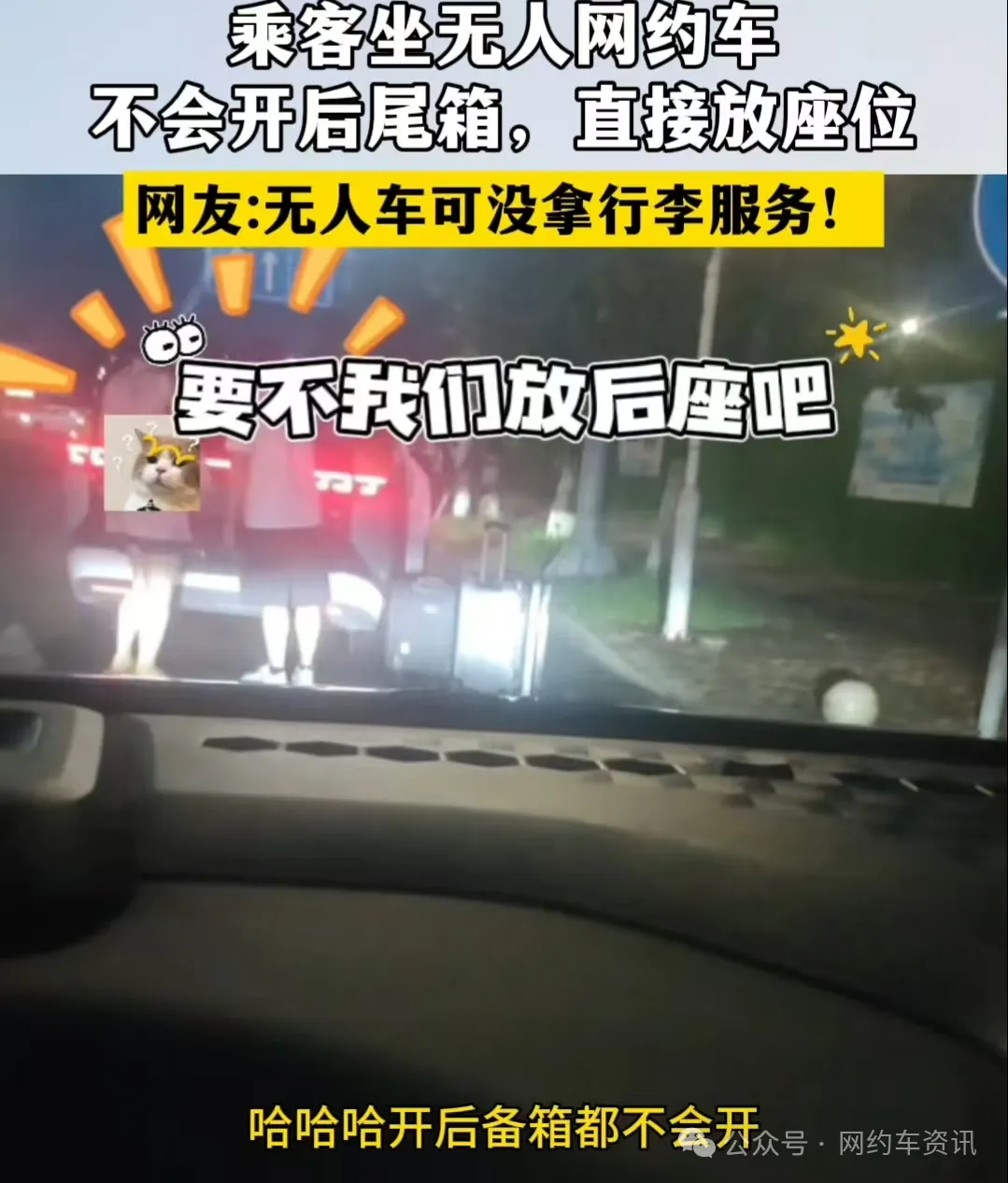
Cost control is equally critical.
Adding automatic trunks, in-cabin sensors, and other equipment to each vehicle increases manufacturing costs, making large-scale commercialization difficult in the early stages.
Regulatory constraints cannot be ignored.
Existing regulations impose numerous restrictions on the design and operation of self-driving cars, preventing the implementation of many humanized features due to compliance issues.
IV. Solutions: Balancing Technology and Humanity
Addressing the 'detail dilemmas' of self-driving cars requires both technological breakthroughs and service innovations.
In the short term, vehicle design can be improved to enhance the user experience. For example, incorporating automatic sensor-based trunks, designing more flexible interior spaces, and providing clearer operational instructions.
A medium-term solution could involve remote human assistance. By connecting to a remote control center via 5G networks, human operators can assist with special requests, achieving a 'human-machine collaboration' service model.
In the long term, further breakthroughs in AI technology are needed. The system must truly understand user needs and provide personalized services. For instance, using computer vision to detect passengers carrying luggage and automatically opening the trunk, or using natural language processing to understand special requests.
Most importantly, self-driving car companies must think more from the user's perspective, prioritizing service experience design alongside technological development.
After all, technology exists to serve people.
V. Future Outlook: The Evolution of Self-Driving Services
The 'growing pains' currently experienced by self-driving cars reflect the authentic trajectory of technological progress.
Like early internet services, they must evolve from 'usable' to 'user-friendly.'
Future self-driving car services are likely to develop in two directions:
First, standardized basic services, offering safe and convenient standardized travel;
Second, tiered service models, catering to different needs through various vehicle models and configurations.
Human-machine collaboration may be the optimal solution during the transitional phase. Retaining remote human monitoring and assistance ensures safety while providing more humanized services.
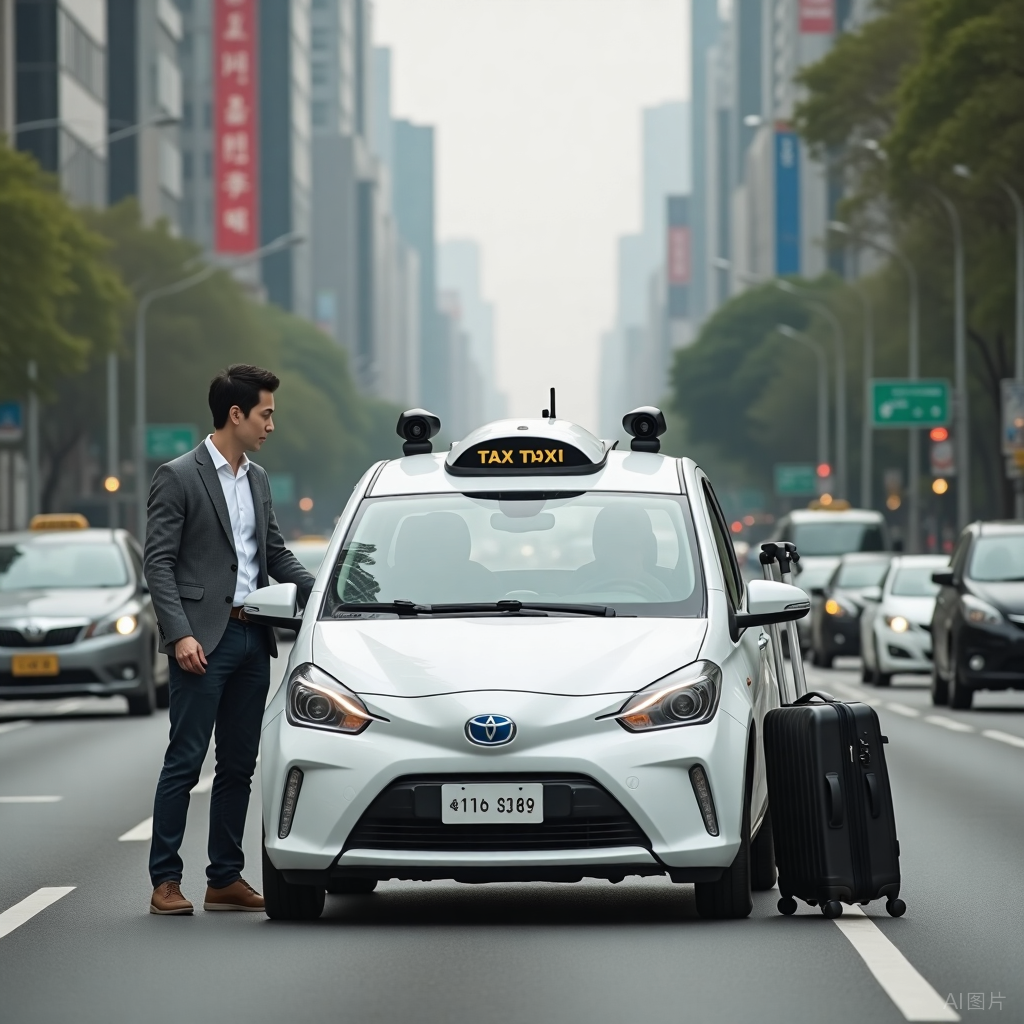
Market segmentation is also crucial.
Deploying vehicles with automatic trunks specifically for airports, stations, and other luggage-heavy scenarios;
Providing more comfortable service experiences for business travelers.
The trunk dilemma of self-driving cars may seem trivial, but it carries significant implications. It reminds us that no matter how advanced the technology, we must not forget that the essence of service is to serve people.
In conclusion, the WeChat Official Account 'Self-Driving Car Is Here' believes:
As veteran driver Mr. Zhang said, technology and service are not contradictory; they just need time to integrate. With continuous technological improvements, self-driving cars will undoubtedly find the optimal balance between technology and humanization.
#SelfDrivingCarIsHere #AutonomousDriving #SelfDriving #SelfDrivingCars #QingzhouIntelligentNavigation




